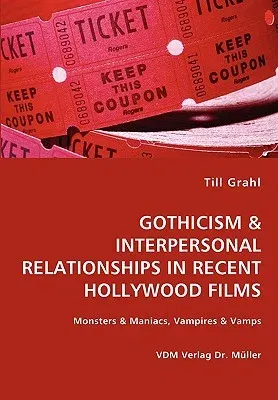Till Grahl
(Author)GOTHICISM & INTERPERSONAL RELATIONSHIPS IN RECENT HOLLYWOOD FILMS- Monsters & Maniacs, Vampires & VampsPaperback, 7 November 2007

Qty
1
Turbo
Ships in 2 - 3 days
In Stock
Free Delivery
Cash on Delivery
15 Days
Free Returns
Secure Checkout
Print Length
132 pages
Language
English
Publisher
VDM Verlag Dr. Mueller E.K.
Date Published
7 Nov 2007
ISBN-10
3836447010
ISBN-13
9783836447010
Description
Product Details
Author:
Book Format:
Paperback
Country of Origin:
US
Date Published:
7 November 2007
Dimensions:
24.41 x
16.99 x
0.71 cm
ISBN-10:
3836447010
ISBN-13:
9783836447010
Language:
English
Location:
Saarbrucken
Pages:
132
Publisher:
Weight:
222.26 gm

